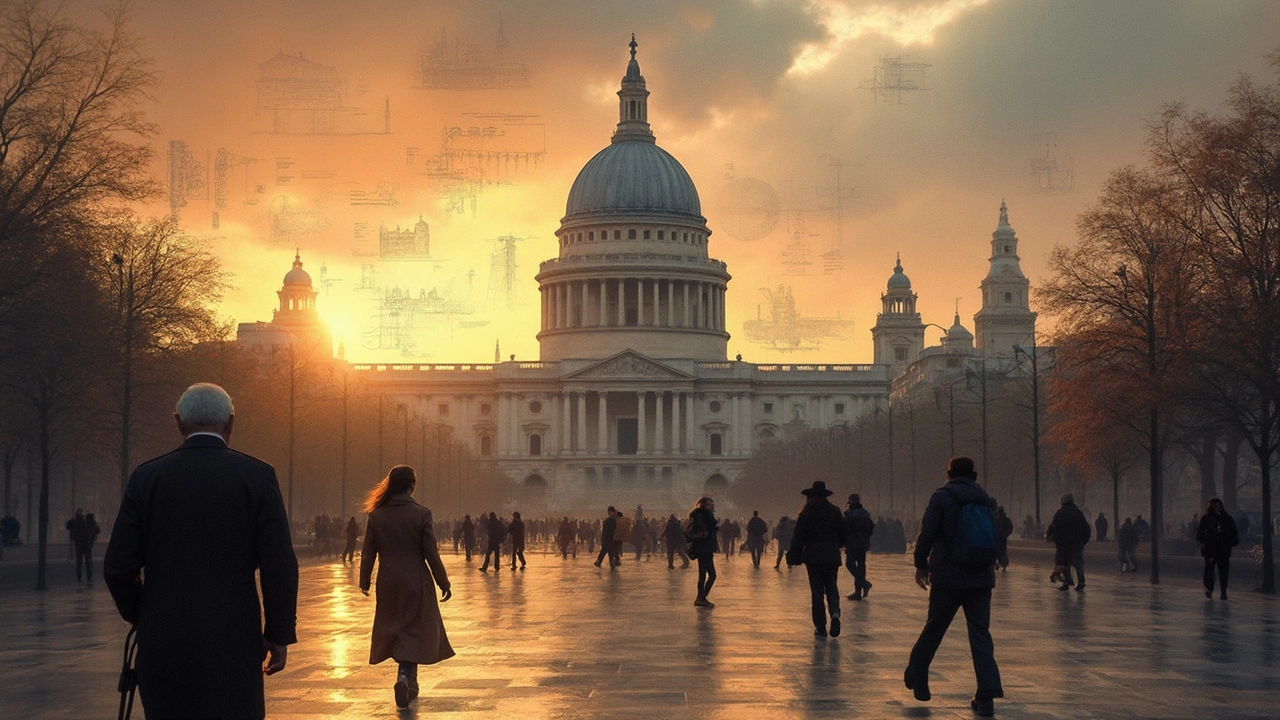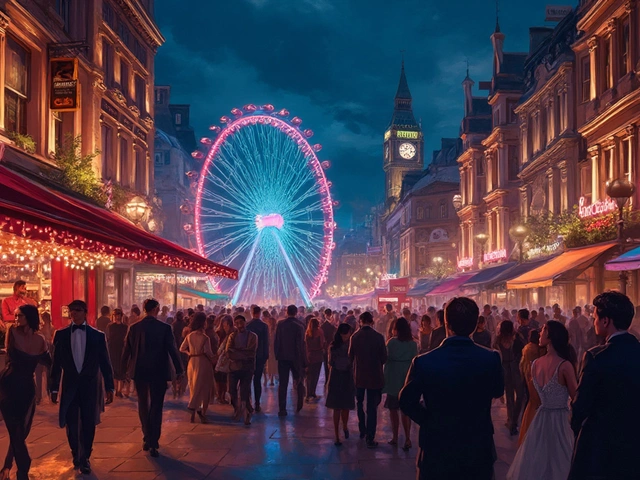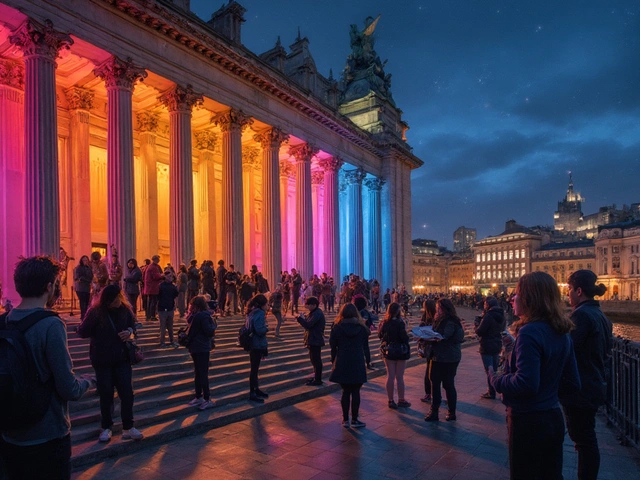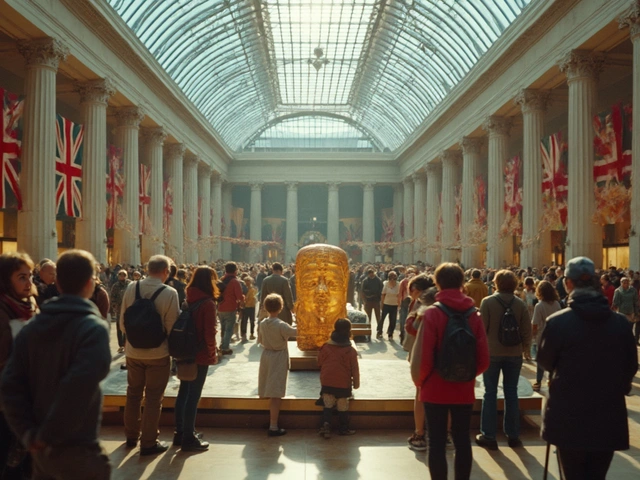London Architecture: A Practical Guide to the City’s Best Buildings
If you think London is just about tea and rain, think again. The city is a living museum of stone, steel, and glass that tells stories from the Romans to the Rocket Age. Knowing where to look can turn a casual walk into a full‑blown adventure, and you don’t need a PhD to spot the highlights.
Top Historic Landmarks You Can’t Miss
Start at Westminster. The Palace, the Abbey, and the Big Ben clock tower are the classic trio that every visitor sees on postcards. Inside the Abbey you’ll find Gothic arches, medieval tombs, and a rose‑window that throws sunlight across centuries‑old stone. Next, head east to the Tower of London. Its thick walls and iconic White Tower showcase 900 years of royal drama, while the Crown Jewels add a sparkle you won’t forget.
St Paul’s Cathedral is another must. Sir Christopher Wren’s masterpiece blends Baroque drama with a massive dome that dominates the skyline. Climb the 528 steps for a view that stretches from the Thames to the City’s modern towers – it’s a perfect mix of old and new.
Modern Marvels and Hidden Gems
When you’re ready for a taste of contemporary London, look up. The Shard pierces the sky with its sleek, glass façade; from its observation deck you can spot the historic landmarks you just visited. A few steps away, the Gherkin (30 St Mary Axe) offers a funky, curved silhouette that’s instantly recognizable. Inside, the atrium is a light‑filled space that feels like stepping into the future.
Don’t overlook the less‑touristy spots. The Barbican Centre’s brutalist concrete blocks might look intimidating, but the surrounding gardens and underground cinema are worth a peek. Even the old bank vault at the Bank of England has been transformed into a quiet café where you can sip coffee surrounded by marble columns.
For a hidden gem, wander down to the West End’s Leadenhall Market. This Victorian market hall boasts a glass roof and ornate ironwork that feels like stepping onto a movie set. It’s a great spot to grab a bite and snap a photo before heading back to the bustling streets.
Getting around is easy. Grab an Oyster card and hop on a bus or the Tube to the nearest station, then walk. Most historic sites are within a short stroll of each other, and the River Thames cruise offers a relaxed way to see both old castles and new skyscrapers from the water. Early mornings or late afternoons are best for avoiding crowds and catching the best light for photos.
Finally, pack a pair of comfortable shoes and a curiosity‑driven mindset. Whether you’re tracing medieval stone arches or marveling at futuristic glass towers, London’s architecture is a story you’ll want to explore again and again.
London’s St. Paul’s Cathedral: Wren’s Game-Changing Architecture
St. Paul’s Cathedral is one of London’s most iconic landmarks, and its design by Sir Christopher Wren changed the skyline and set a new standard for English architecture. The article dives into how Wren pulled off his inventive ideas after the Great Fire of London, what makes the cathedral stand out in the city, and how locals still connect with the site today. It covers the clever engineering tricks Wren used, with tips for spotting his unique touches when you visit. There’s also insight into local history and culture woven into the cathedral’s walls. This is a must-read for anyone curious about the amazing mix of tradition and innovation sitting in the heart of London.






